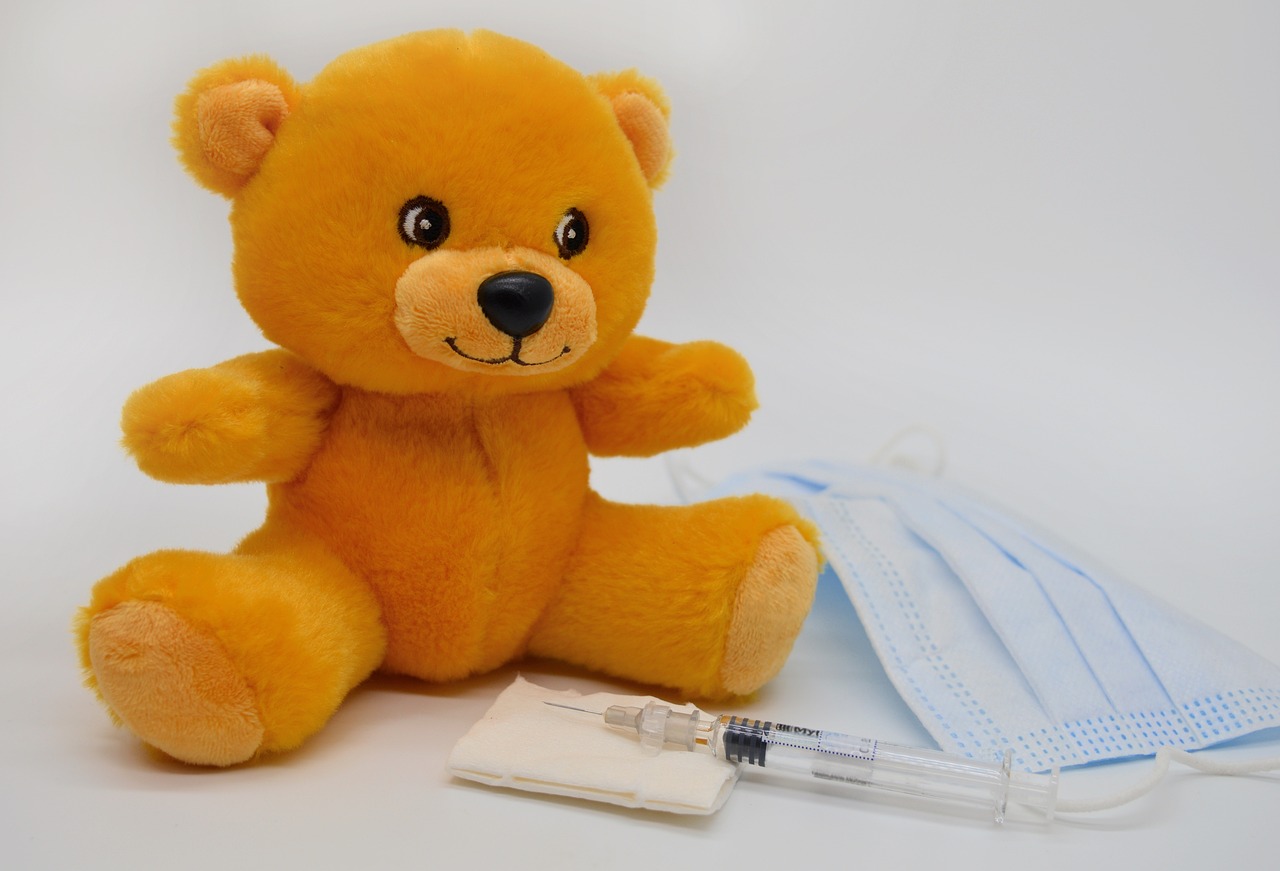We may earn money or products from the companies mentioned in this post.
Last Updated on November 16, 2023 by Samantha Flores
As a parent, do you know how to help someone who is having a seizure? What about someone who is choking? It can be a scary thing to experience, especially if it is your own child. Many of us are likely to witness someone experiencing one of these medical emergencies at some point in our lives – whether it’s a relative or a stranger. But few of us actually know what to do in these situations.
While calling a paramedic is important, you may need to take other important steps until they arrive. In some cases, you only have seconds to respond. This means that you may not have time to call an ambulance straight away. Neither will you have time to look up first aid videos on YouTube.
8 Tips for Parents to React to Medical Emergencies
By already knowing what to do, you can quickly respond and provide the necessary treatment – and you could single-handedly save their life. Below are just some of the most serious medical emergencies you may experience, and how to react.
Choking
One of the top medical emergencies (and a top fear for parents) is choking. Anyone can accidentally choke on food. If someone is choking and cannot talk, breathe, or cough, they will likely need help. As someone can choke to death quite quickly, you need to be able to step in fast.
Getting them to bend over and hitting them on the back with your palm may help to dislodge the object. But if this doesn’t work you should quickly carry out the Heimlich maneuver.
This video on how to carry out the Heimlich maneuver is worth a watch.
Seizure
Some children experience seizures, therefore, it is important to know how to respond during these medical emergencies. Seizures can occur for many reasons including head injuries or even extremely high blood sugar levels. People who are prone to regular seizures have a condition known as epilepsy – if you know someone who has epilepsy, it could be particularly important to know how to react if someone is having a seizure.
Once someone has started having a seizure, you cannot stop the seizure and must let it run its course. If they are on the ground, try to cushion their head. It could also be important to loosen up anything around their neck such as a necklace or tie that they could choke on. Only attempt to move them if there are dangers around such as a busy road or machinery.
After their seizure has finished, put them in the recovery position until they recover. This video details how to put someone in the recovery position.
Anaphylaxis
Allergies can trigger anaphylaxis, which is one of the top medical emergencies for parents with children. Anaphylaxis is a severe allergic reaction. It can affect people differently and at different rates. The first symptoms tend to be itchy sinuses, red skin/hives, stomach pain, or mild wheezing. The person may then start struggling to breathe, become dizzy, and pass out. This can lead to cardiac arrest.
Most people experiencing a serious reaction will have had a similar reaction before and are likely to carry an epinephrine pen. Injecting this into the person’s thigh can help them to recover straight away in most cases. Try to get the person to tell you where their epinephrine pen is while they are still conscious (they will likely try to get it themselves as soon as they realize they are having a reaction, but may need help if the allergic reaction is progressing fast).
If someone has already fallen unconscious and they have no pulse, you will need to carry out CPR (see ‘cardiac arrest’).
Asthma Attack
Asthma attacks can occur for different reasons including allergies or respiratory issues. This is when the airways constrict themselves, preventing someone from breathing properly. Asthma attacks can vary in severity. Some children may experience asthma attacks, which could lead to medical emergencies.
Most people who experience an asthma attack will have been diagnosed with asthma and will have an inhaler handy. They will usually be able to get this inhaler themselves, but in serious cases, you may need to help them. A single puff should clear up any asthma, but in severe cases, a person may need to keep taking puffs until an ambulance arrives. If possible try to get them away from the allergy trigger.
Stroke
A stroke occurs when the blood supply to the brain is cut off. You can usually tell that someone is having a stroke because their face will droop on one side, they will have trouble speaking and they may struggle to raise both arms. This post delves more into the symptoms of a stroke.
The first thing you should do when you see someone having a stroke is to call an ambulance. You should then wait with the person and try to keep them calm until help arrives. Encourage them to sit or lie down. This can reduce blood flow and reduce the severity of the stroke.
CPR is not needed for a stroke unless the person falls unconscious and stops breathing.
Heart Attack
Heart attacks are a very common emergency to witness. During a heart attack, a person’s heart will keep beating but blood will stop flowing to the heart due to a blockage. Someone who is having a heart attack will usually still be conscious and their heart rate may not change, however, they will be dizzy and confused.
If someone is experiencing a heart attack you need to keep their heart rate down to reduce damage to their heart while paramedics arrive. Get them to sit down and encourage them to breathe slowly. Giving someone aspirin during the early stages may help ease symptoms.
If help does not arrive soon enough, a person having a heart attack can pass out and experience cardiac arrest. Only then should CPR be given.
Cardiac Arrest
A cardiac arrest is the most serious medical emergency that someone can experience. It is when the heart stops beating, resulting in no breathing and almost immediate unconsciousness.
A person experiencing a cardiac arrest is technically dead and can only be brought back by using a defibrillator – which can electronically jump-start the heart. However, until a defibrillator is used, it is important to manually keep blood pumping around the body to reduce damage to the brain and organs. This is done using CPR.
CPR involves using a mixture of chest compressions and sometimes rescue breaths. It is one of the most important first-aid skills a person can learn. CPR online testing and various in-person courses can train you how to carry out CPR. The video below also explains how to carry out CPR.
Heavy Bleeding
If a person loses too much blood, they will die. Most injuries result in mild blood loss and do not require the assistance of someone else. But in the case of major injuries, you may need to assist them, especially if it is your child. Heavy bleeding situations are considered medical emergencies.
There are a few rules to help you treat someone who is experiencing heavy bleeding:
- If there is an object stuck in the wound, do not remove it – it may be acting as a plug to limit the bleeding.
- Try to restrict bleeding by applying pressure on the wound with a sterile dressing (or the most sterile material you can find). Do this until professional help arrives.
- If a person’s limb is injured, raise it above the person’s heart (get them to raise their arm in the air, or get them to lay down with their leg in the air). This can help limit blood flow to the wound.
- Creating a tourniquet can also help to reduce blood flow and be necessary if someone is bleeding heavily.



